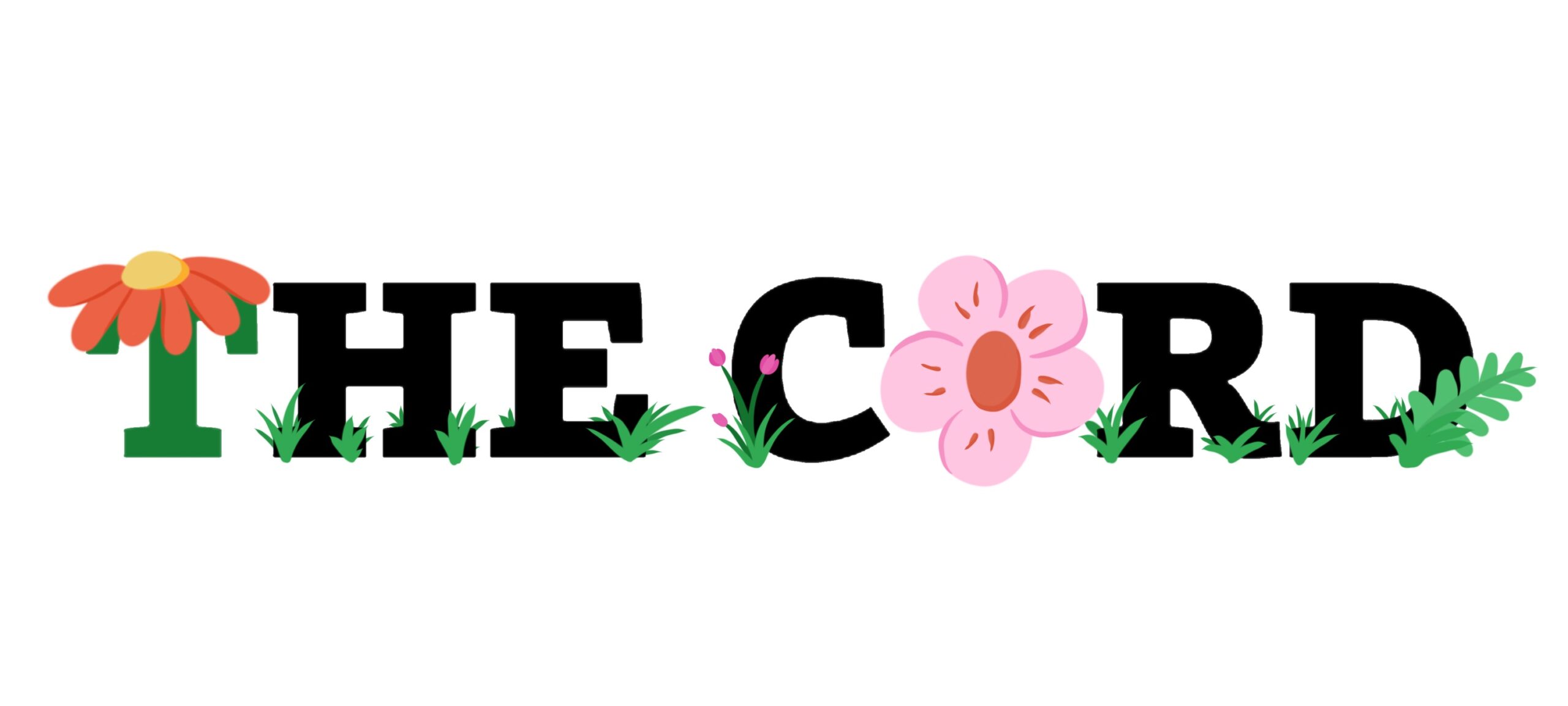Alice in Wonderland
Alice in Wonderland
Directed by: Tim Burton
Starring: Johnny Depp, Mia Wasikowska, Helena Bonham Carter and Anne Hathaway
Release date: Mar. 5, 2010
Performances
While the characterization of Alice by Mia Wasikowska was nothing groundbreaking, it was one of the most solid performances of the film, simply because Burton chose not to rely on one of his favourite actresses or a recognizable celebrity in general.
“I’m just glad it wasn’t Dakota Fanning or Lindsay Lohan,” said third-year English and film studies student Wade Thompson.
From there on, the rest of the key characters failed to impress.
Johnny Depp as the Mad Hatter was simply confusing, whether it was the fact that his accent changed with every scene – ranging from Scottish to British to even pirate – or that his role was expanded beyond need.
Though his first scene, the tea party, was quite strong, featuring Depp walking over the table and giving a suitably deranged impression of the role, the character quickly became overdone, making the Mad Hatter come across more troubled and sad than mad.
“If they didn’t focus so much on the Mad Hatter, the other characters would just sort of fill that role and the Mad Hatter would have slipped into the supporting cast and not the lead,” said Thompson.
The film continued on the theme of Burton’s favourites giving sub-par renditions of the beloved characters.
Helena Bonham Carter, much like Depp, gave a performance as the Red Queen that quickly dwindled and faded.
“I love her and I think it was great what she was doing at the beginning but when her only line in the movie was ‘Off with her head!’ I thought ‘please shut up’,” third-year English and history student Sarah Murphy explained.
Mike Lakusiak, a second-year English student, agreed, stating that she is known for playing defining roles like Bellatrix Lestrange in the Harry Potter series, but this performance was not in the same league, often becoming tired.
And though Anne Hathaway did a commendable job as the White Queen, it was agreed that she often relied on the airy, bubbly queen persona that Amy Adams channeled so well in Enchanted, not daring to go any further with the role.
The voice acting was impressive, however, utilizing some of Burton’s key talents like Stephen Fry who played the Cheshire Cat and Christopher Lee as the Jabberwocky.
Undoubtedly, one of the film’s biggest disappointments was the blue caterpiller (Alan Rickman), which took on a largely philosophical, teacher-like role, rather than that of a snickering, elusive and quizzical creature.
Storyline
The concept of Alice coming back to Wonderland was a unique twist on the beloved classic and had immense promise; unfortunately, it failed to go in an exciting direction.
“The story sort of got lost in the fact that they were focusing on their main actors who were playing characters, and they focused on those characters even though the story could have been better without them,” Murphy explained.
The film revolved around the characters of the Mad Hatter and the two queens, taking the story on a bizarre ride, considering the tale is meant to be about Alice.
Thompson suggested that the filmmakers could have drawn more parallels from Alice’s life into Wonderland, carrying over some of the issues and characters she was faced before she fell down the rabbit hole.
For instance, he suggested that Bonham Carter could have been Alice’s hot-headed future mother-in-law as well as the Red Queen, connecting the negative role to Wonderland.
Lakusiak agreed, stating, “It would’ve been really effective to have that crossover because she was supposed to take the lessons she’d learned and transfer them.”
Visual style
To some extent, even the visual direction, something that was supposed to make the film stand out, was unimpressive.
While there were moments – such as the opening scene in Alice’s real-life, her first entrance into Wonderland and the final battle scene – that flexed the imagination, the entire film failed to amaze.
“Wonderland was really built up because it’s such a fantastical thing and I think when she first fell down, it did not meet my expectations,” said second-year English student Katie Flood.
Not only did it not artistically channel Wonderland as fully as it could have, the computer-generated imagery (CGI) looked sloppy at times.
Thompson noted that the imagery was “so bad in some scenes that it was hard to watch.”
He referred to Burton’s general inclination towards more traditional graphic effects like stop-motion and even claymation, arguing that the director could have improved the film by keeping it simple.
Other times, it was more of an issue of unnecessary CGI alterations made to characters.
Particularly, Crispin Glover as the Knave of Hearts’ distorted, long body was strange and disturbing, as well as the Red Queen’s huge head, which seemed unnecessary.
Thompson noted that these oddities would not have been obvious or even necessary in the first place if the filmmakers had properly developed each character.
Drawing on the example of the Cheshire Cat, he explained that whether the CGI was outstanding or not, the quality of the character throughout the film made it unimportant.
In terms of the 3D experience, it was agreed that the effect was neither necessary nor all that impressive. At times, it was difficult to tell that the film was actually in 3D, but at others, the effect was so intense, that it was unpleasant to watch.
“There were definitely parts of it when I saw the value of it but for most of it, I didn’t see the need,” said Lakusiak.
Thompson agreed, explaining that 3D can be good but Alice in Wonderland used it more as a gimmick than an effective visual tactic.
Overall, it was an easy agreement that the film was a disappointment in more areas than visual effects; it tried to unnecessarily develop characters that shouldn’t be a focus and created a story that was completely unmemorable.


